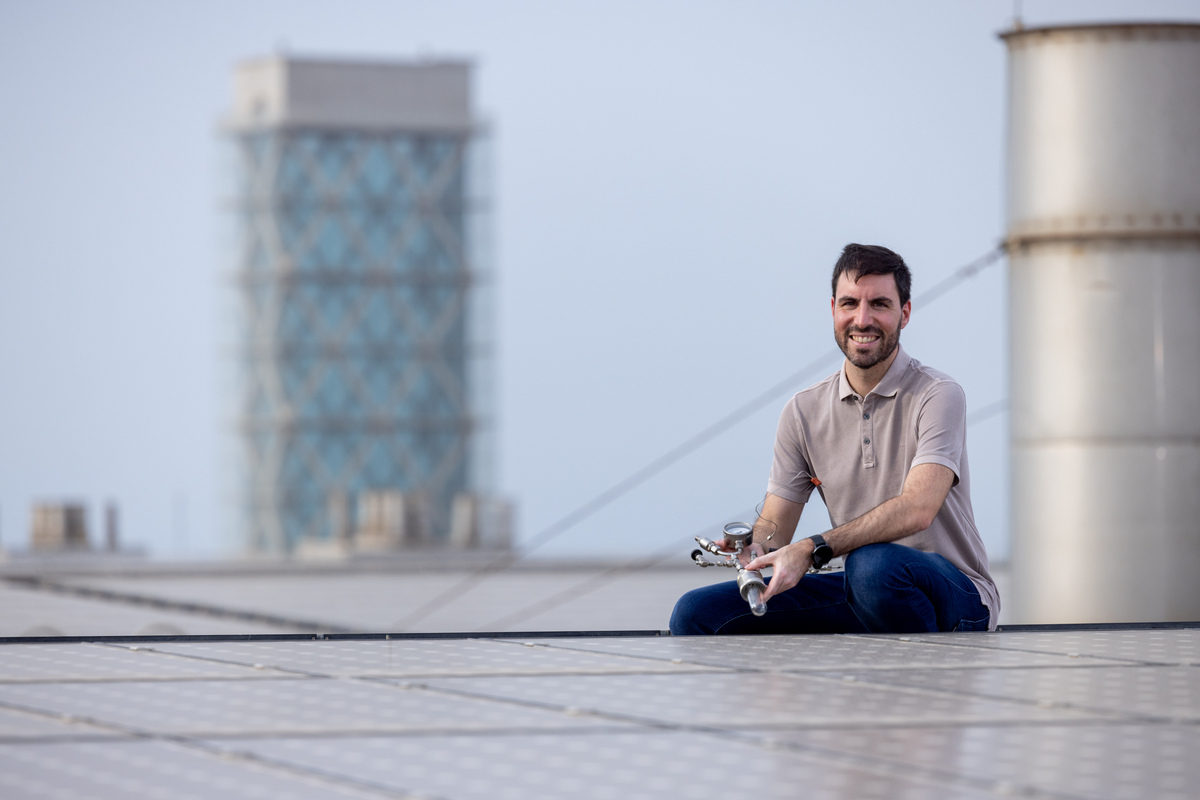As a child I was very curious and liked to do experiments. I used to go to my grandmother’s kitchen with my cousins and start mixing lots of things, trying to make potions, creating colors.
Today I “mix things” in the labs of Jorge Gascon, where I am a research scientist. We are trying to discover new catalytic materials that can use the energy in sunlight to drive chemical reactions – as nature does with photosynthesis. We can activate carbon dioxide or nitrogen, for instance, to produce valuable fuels like methane or ammonia.
We are developing a new approach to catalysis by combining the photochemical and the thermochemical contributions of sunlight to drive chemical reactions. People have separately used heat or light to drive catalysis for many decades, but photothermal catalysis – where both are used together – is a concept less than 10 years old.
One advantage of photothermal catalysis, compared with conventional thermal catalysis, is that rather than heat up the whole reaction vessel, we can use light to selectively induce localized heating at the catalyst active site. The energy input is much more focused and efficient.
In the lab, we use lamps to mimic sunlight to test our new catalysts, but in this picture I am on the roof of the building where I work. We had the idea of putting the reactor out in the sunlight for the whole day. When we analyzed it, we could see that we had converted some carbon dioxide into methane. This was a proof of concept that proved that, with proper reactor design and engineering, the reactions that we run in the lab using LEDs can also be driven by natural sunlight.
The most enjoyable moments in my job happen when an experiment is going well. You spend a lot of time developing and trying to prepare a good catalyst material – and when the catalyst you prepared works and you see the material is working only with light, it is very satisfying. You feel a bit closer to what nature is doing.
Last year, my wife also joined Gascon’s group as a postdoc and now we even work together on some projects. She has experience in the preparation and characterization of materials, especially with electron microscopy. Sometimes I prepare my materials and she characterizes them for me. We try not to bring work discussions home, but inevitably we always end up discussing work: “Oh, you know, I tried this experiment today…” It is difficult to avoid it.

